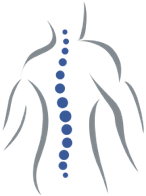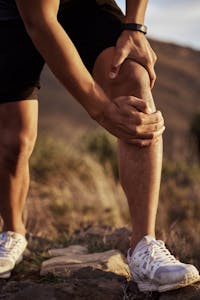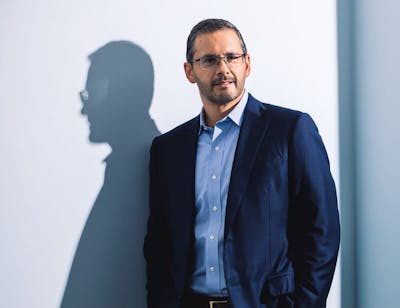If you are suffering from back or neck pain, it is crucial for you to receive a professional diagnosis as soon as possible. Dr. Rovner is one of the best spine surgeons in NJ who has the experience and expertise necessary to help patients actualize successful outcomes with orthopedic spine surgery.
Recovery after surgery
After your procedure, expect swelling and stiffness in your knee. You will wear a brace to keep the knee from bending. This keeps the repair stable and is needed for 6 to 12 weeks after surgery. It will take a few weeks until you’re able to put weight on your affected leg. Complete recovery typically takes 4-6 months and will include physical therapy or occupational therapy to achieve your strength and movement again gradually and safely.





